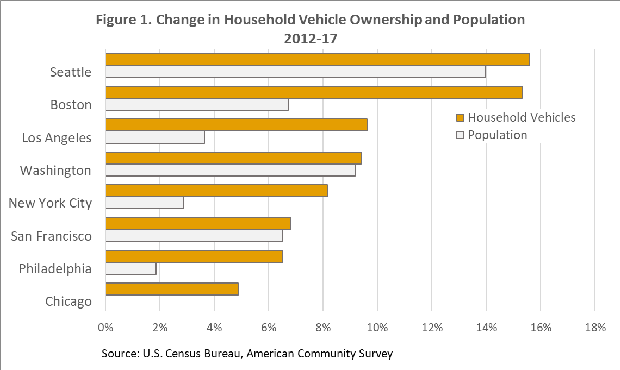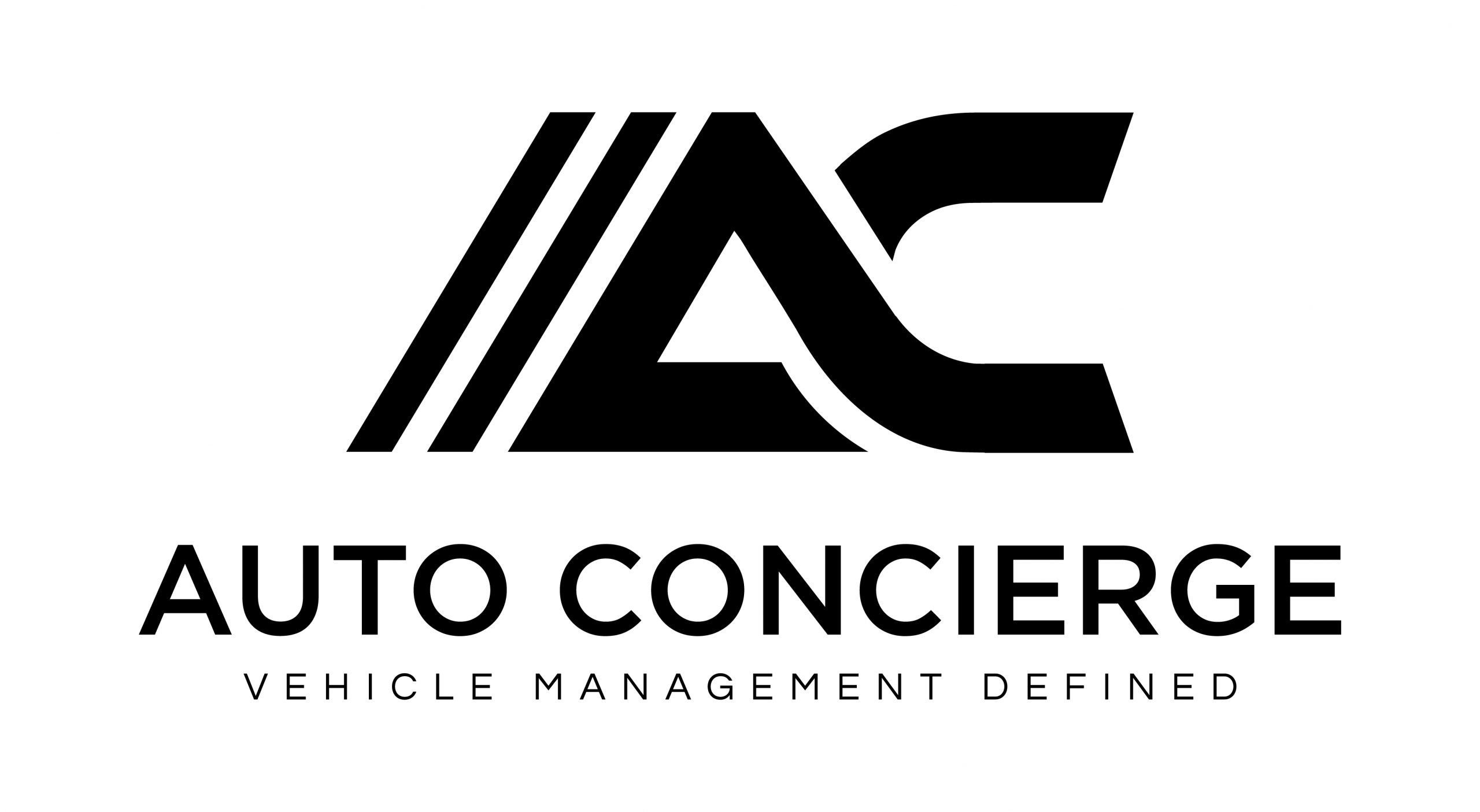In a Reversal, ‘Car-Rich’ Households Are Growing
Despite ride-hailing’s promise, vehicle ownership (and traffic) is on the rise in America’s biggest, most transit-oriented cities. So how is mobility really changing?
Jan. 7, 2019 – Bruce Schaller, Transportation Consultant
Uber, Lyft, and advocates for new shared mobility services have pushed back against this analysis. Declaring that we are still at the “earliest stages” of a major shift in travel habits, they look to the day that people ditch their car in favor of a combination of these services and old-fashioned public transportation. Their vision is that diminished car ownership and fewer miles in privately owned vehicles will more than offset added mileage from ride-hailing vehicles.

At the same time, more urban households also have no or relatively few cars. These households are often referred to as “car-free” (no cars available to the household) or “car-light,” e.g., a working couple that owns one vehicle. (For data availability reasons, “car-light” is defined here as households with fewer vehicles than workers.) Here’s the growth in car-free and car-light households in the eight cities.

At the opposite end of the spectrum is Los Angeles, where car-free households dropped by 11 percent since 2012. L.A. also shows car ownership greatly outpacing population growth (10 percent versus 4 percent). This picture is consistent with a recent UCLA study that linked declines in transit ridership to increased car ownership among low-income and in particular immigrant communities in the L.A. area.
What’s driving the rise of the car-rich city household? It likely includes economic trends that put money in people’s pockets: job growth, the influx of affluent urban professionals, and falling gas prices. Changing demographics, especially more families with children, likely spur some to buy a car. Troubled transit service in cities like New York and Washington, D.C., surely plays a role. Ride-hailing might also catalyze car use; once you get used to on-demand transportation, who wants to go back to waiting for the bus?
Note: for the full article – https://www.citylab.com/perspective/2019/01/uber-lyft-make-traffic-worse-more-people-own-cars-transit/579481/
Source: CityLab
